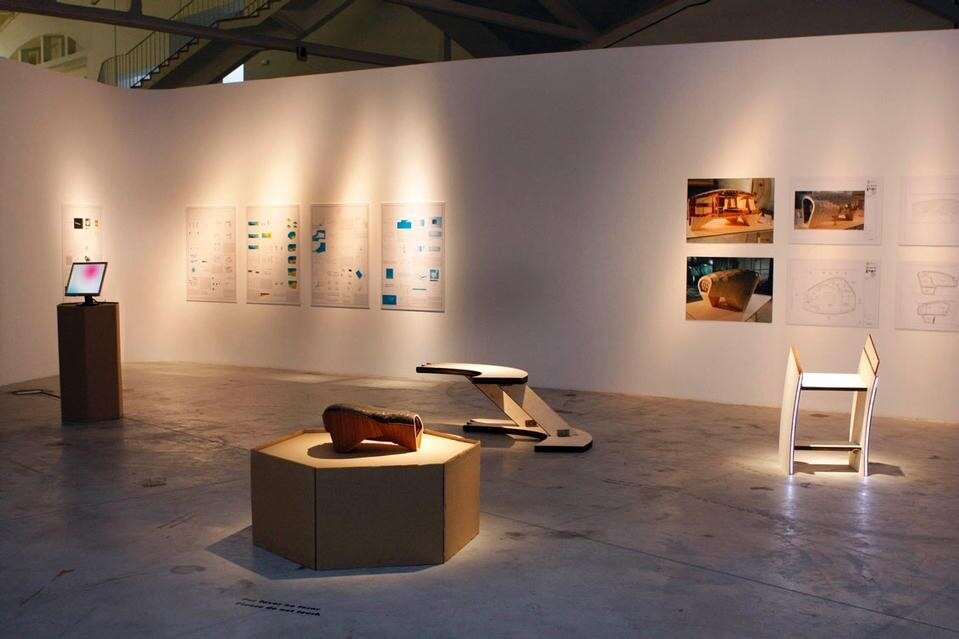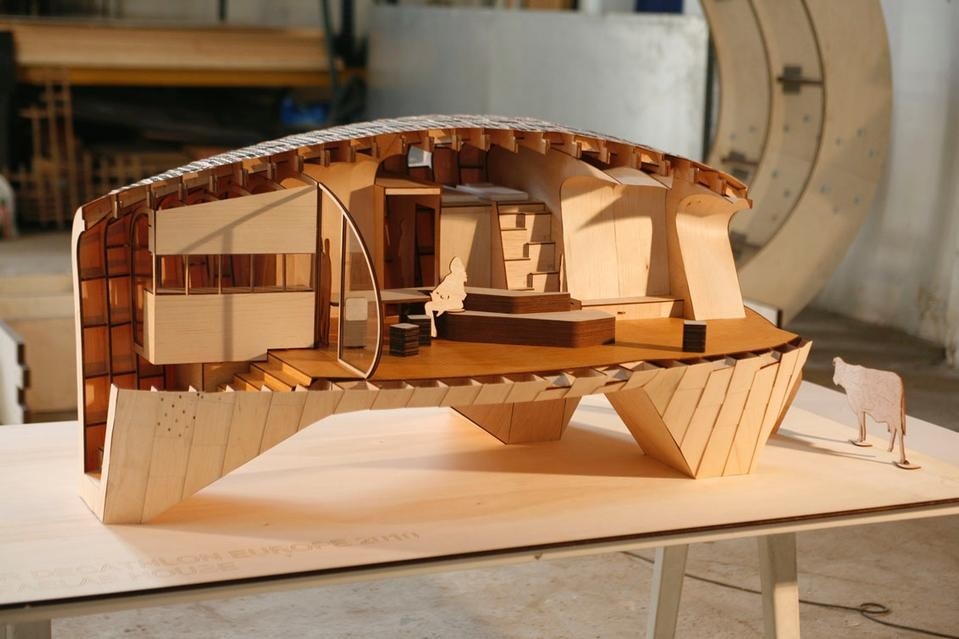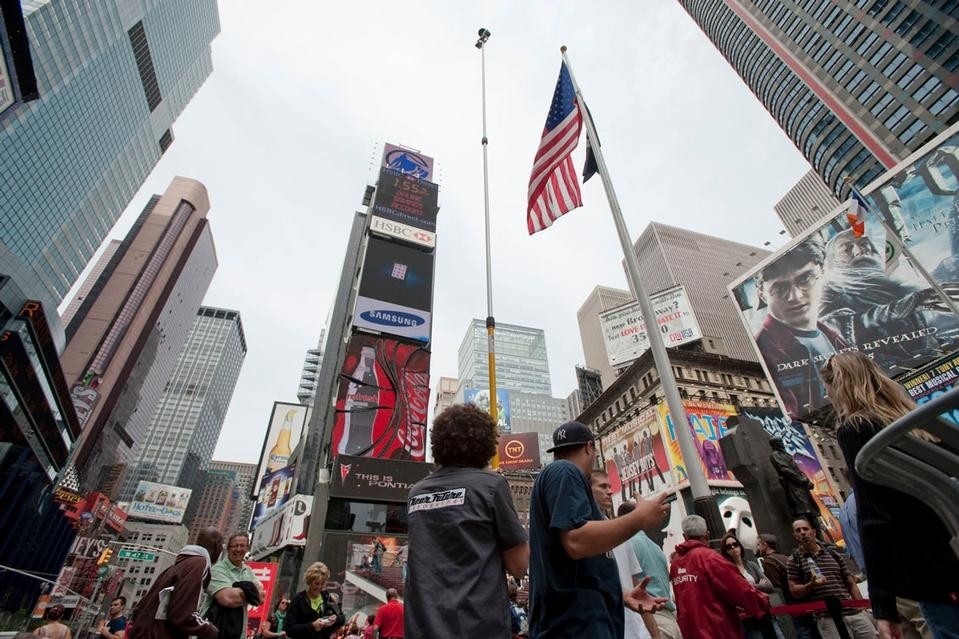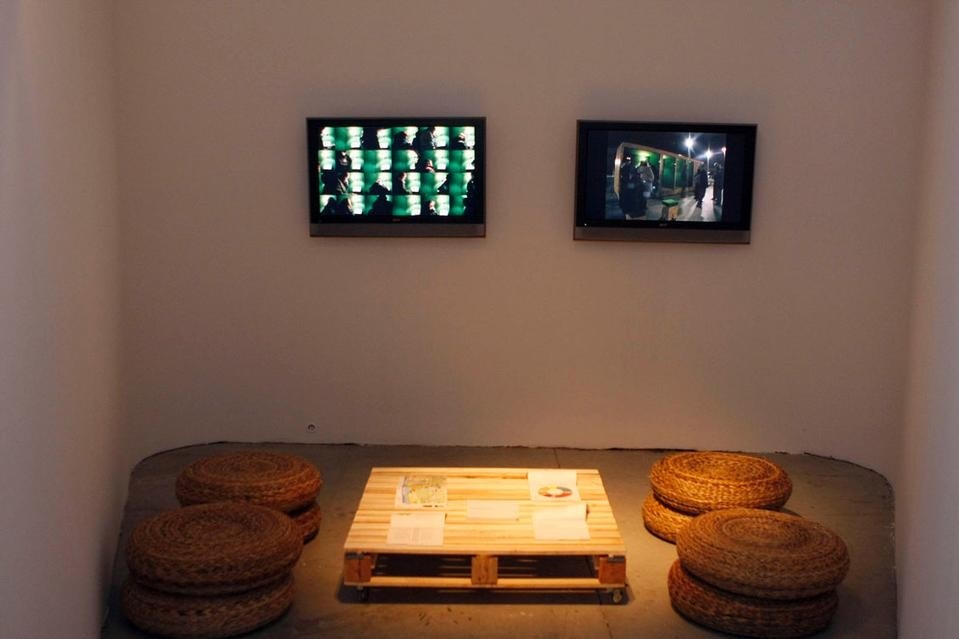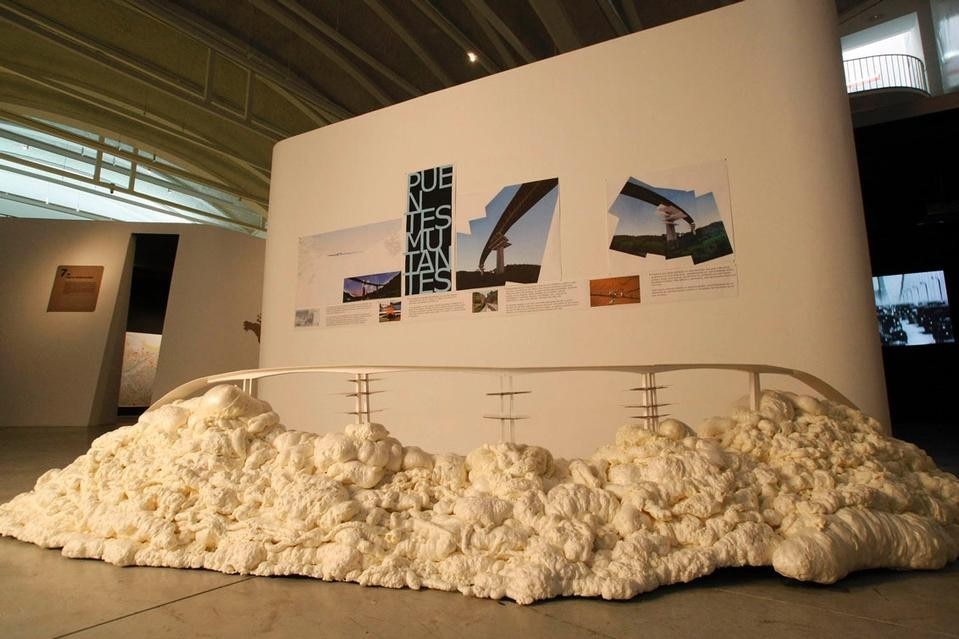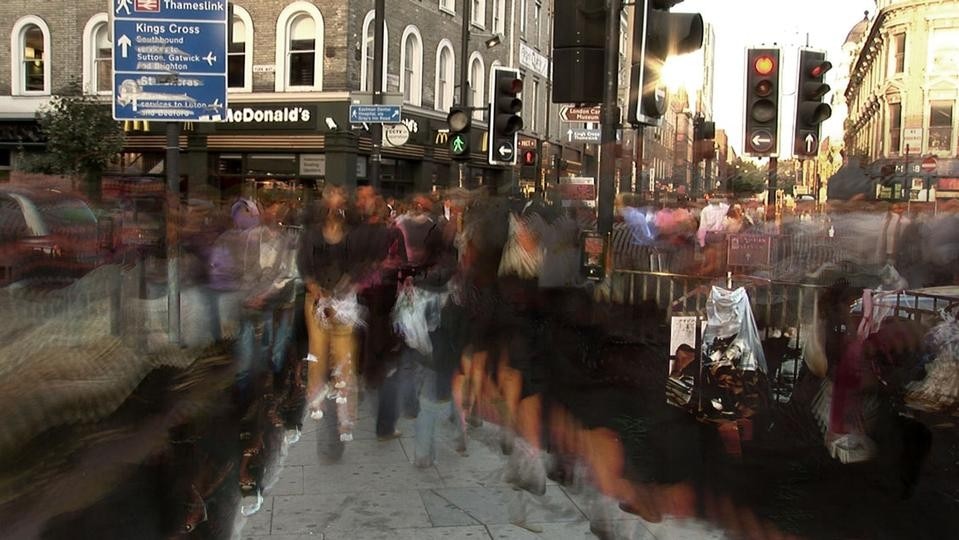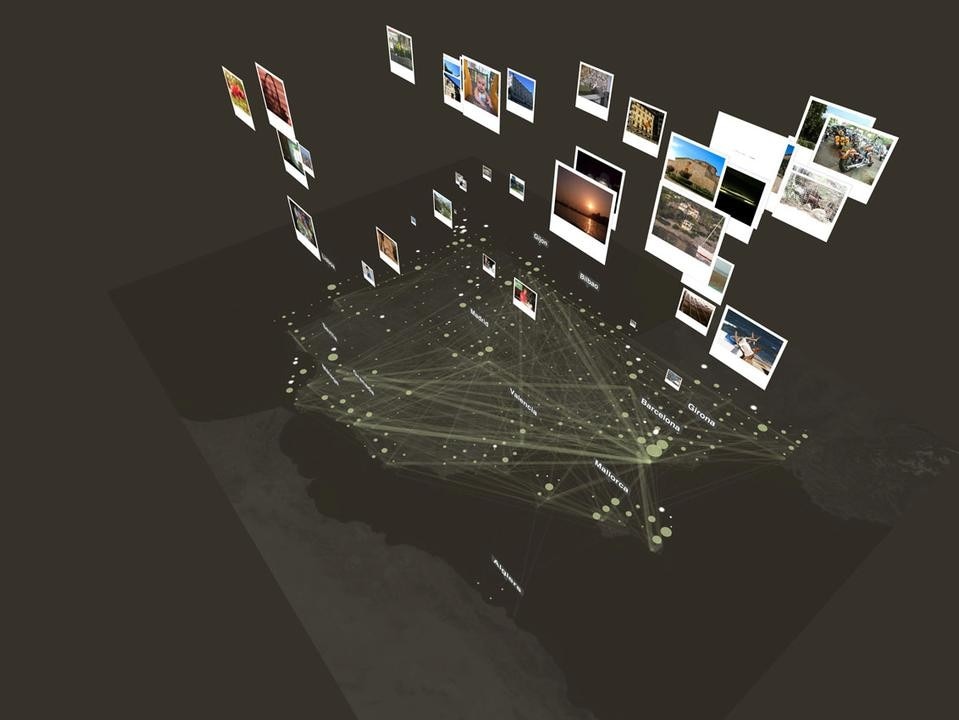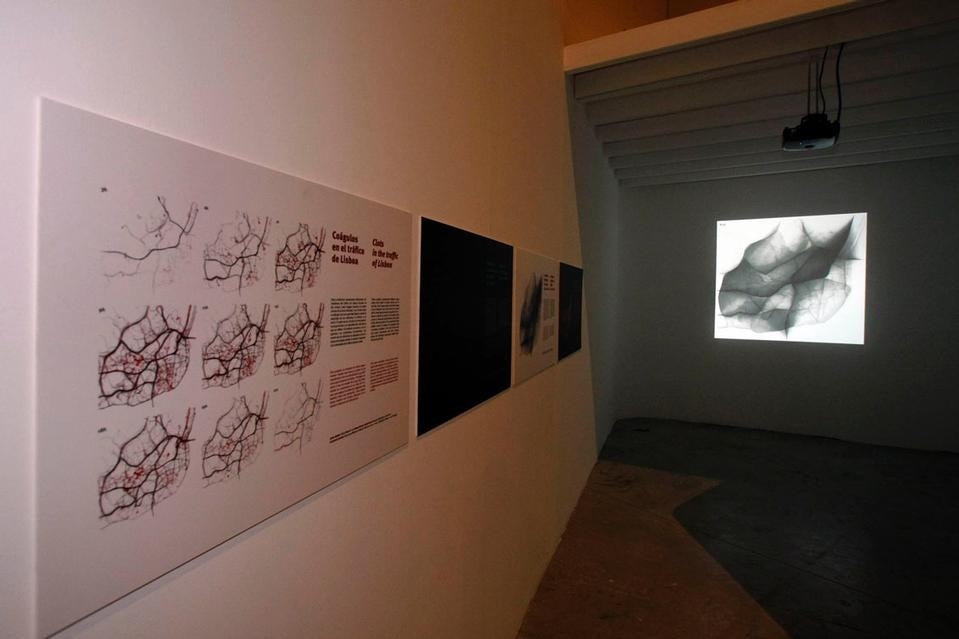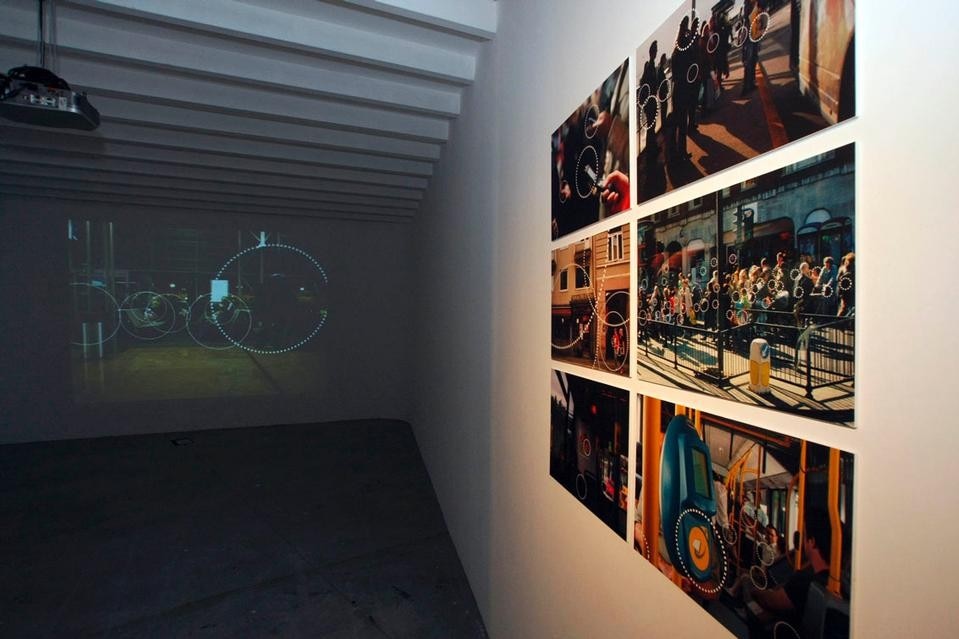That is the thesis behind "Habitar", an exhibition at LABoral, the international centre for art, science and new technologies in Gijón, curated by José Luis de Vicente. While "Post-it City", the exhibition CCCB in Barcelona staged in 2008, focused on the emergence of hacking public space for individual community benefit, the new practices – halfway between geography and anthropology – are another, more liminal form of interpretation of urban space. This collection of proposals by architects, designers, artists and research bodies for new tools and practices of mapping and visualisation embrace the city as a hybrid place to inhabit, in which information networks and mobile technologies play a mediated role in defining a sense of place. Their intentionality varies: some practitioners map simply to show patterns, others to break free of the constraints of linear time; others for more instrumental reasons, showing how architecture and design can expand its role.
The exhibition presents the challenges of translating projects for public viewing. It includes initiatives like Carlo Ratti's SENSEable City Lab at MIT, which focuses on sensors and hand-held electronics. The Lab is represented by a mildly diverting anthropological project investigating the triggers of interest behind tourists' digital photos. Nerea Calvillo's In the Air project renders the gases, pollen and particles in the air in Madrid visible through a "diffusion façade" that shows how they interact with the rest of the city. Similarly Dan Hill's Wi-Fi Structures and People Shapes is a rather unengaging, abstract analysis of fluctuations in wireless signals, but Semiconductor's intriguing Time Out of Place video with its multiple patterns of motion reveals a place in transition in a way we cannot perceive on an everyday basis.
The thread of projects articulating architectural propositions is of greatest interest. Philippe Rahm, for example, is renowned for his investigation of architecture as meteorology, exploring the atmospheric qualities of space that can inform new climatic building techniques as well as biological and chemical perceptions of the invisible environment. Of greater interest are projects such as the Instituto de Arquitectura Avanzada de Cataluña's Fab Lab Solar House, the first self-sufficient solar house in Barcelona made with rapid prototyping technologies.
How these ideas are best conveyed to LABoral's mixed public remains an open question. The exhibition design by longo+roldán, originally for the first Mediateca Expandida project LABoral staged in 2009, of which this is an iteration, is perhaps too formal a set of structures for this 'alive' theme, which alternatively might have engaged a more mobile, colonising approach.
Mark Shepherd's Sentient City Survival Kit (2010) most effectively investigates the social, cultural and political implications of pervasive computing for urban environments. Through a spectrum of projects ranging from the helpful – 'smart' (traffic lights) - and the privacy-invading – systems tracking purchasing and mobility habits and galvanic skin responses (GSR), he digs into the dilemmas and opportunities urban spaces' increasing efficiency and control mechanisms throw up. While some projects feel optional: does it matter if we could see every field produced by an Oyster card? (Timo Arnall's Touch project, which touches on the mysteries of wireless technologies), others are more critically about the most promising mindsets influencing survival tools for the sentient city. Lucy Bullivant
